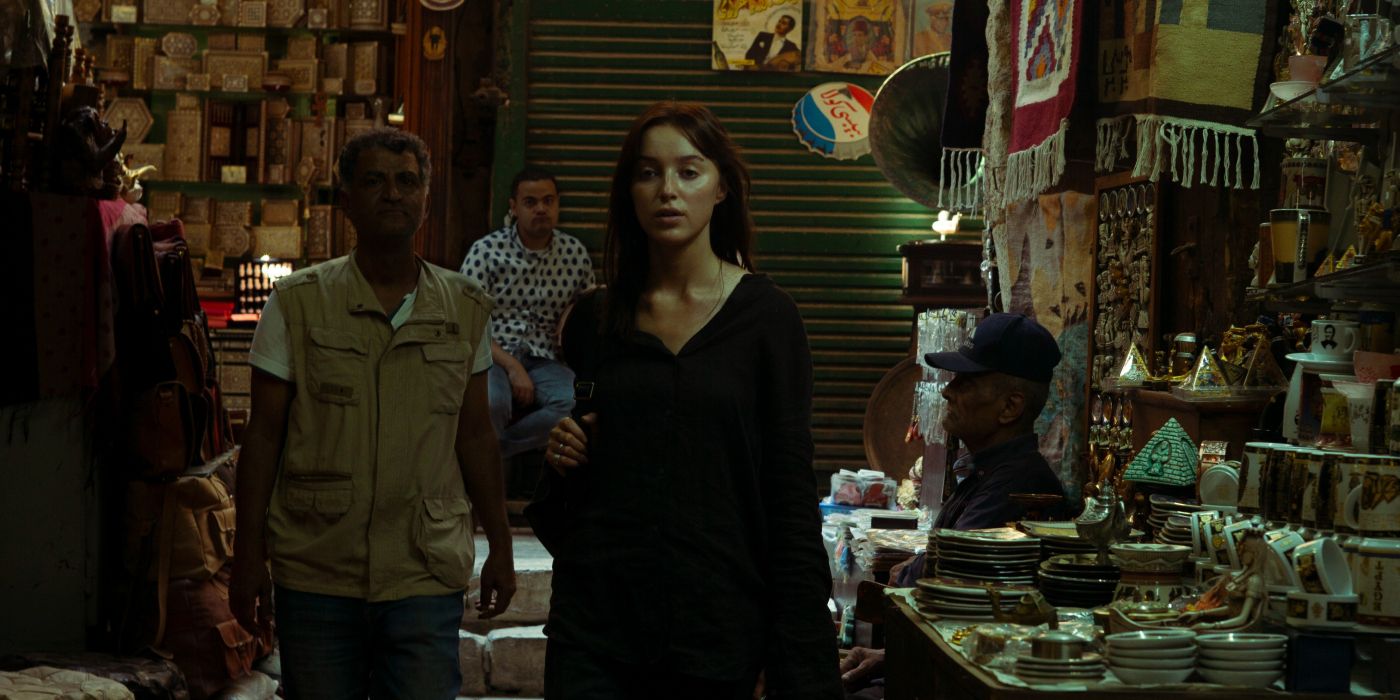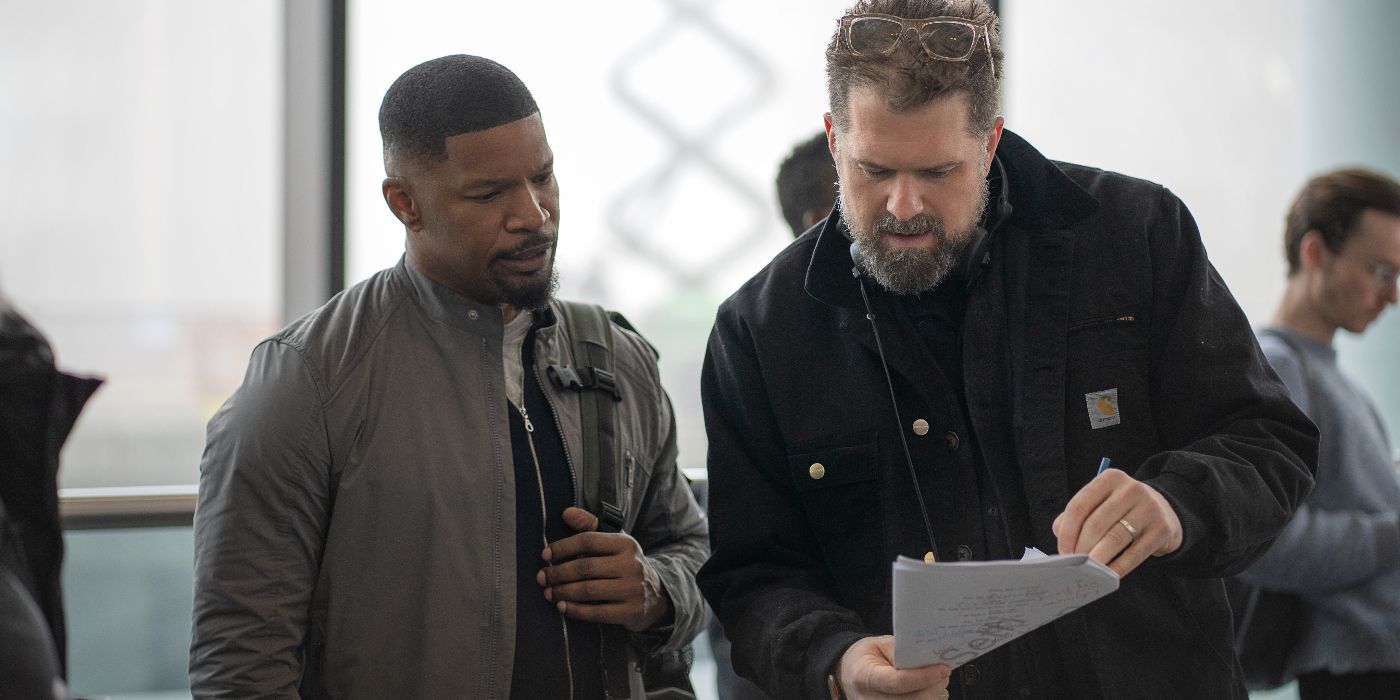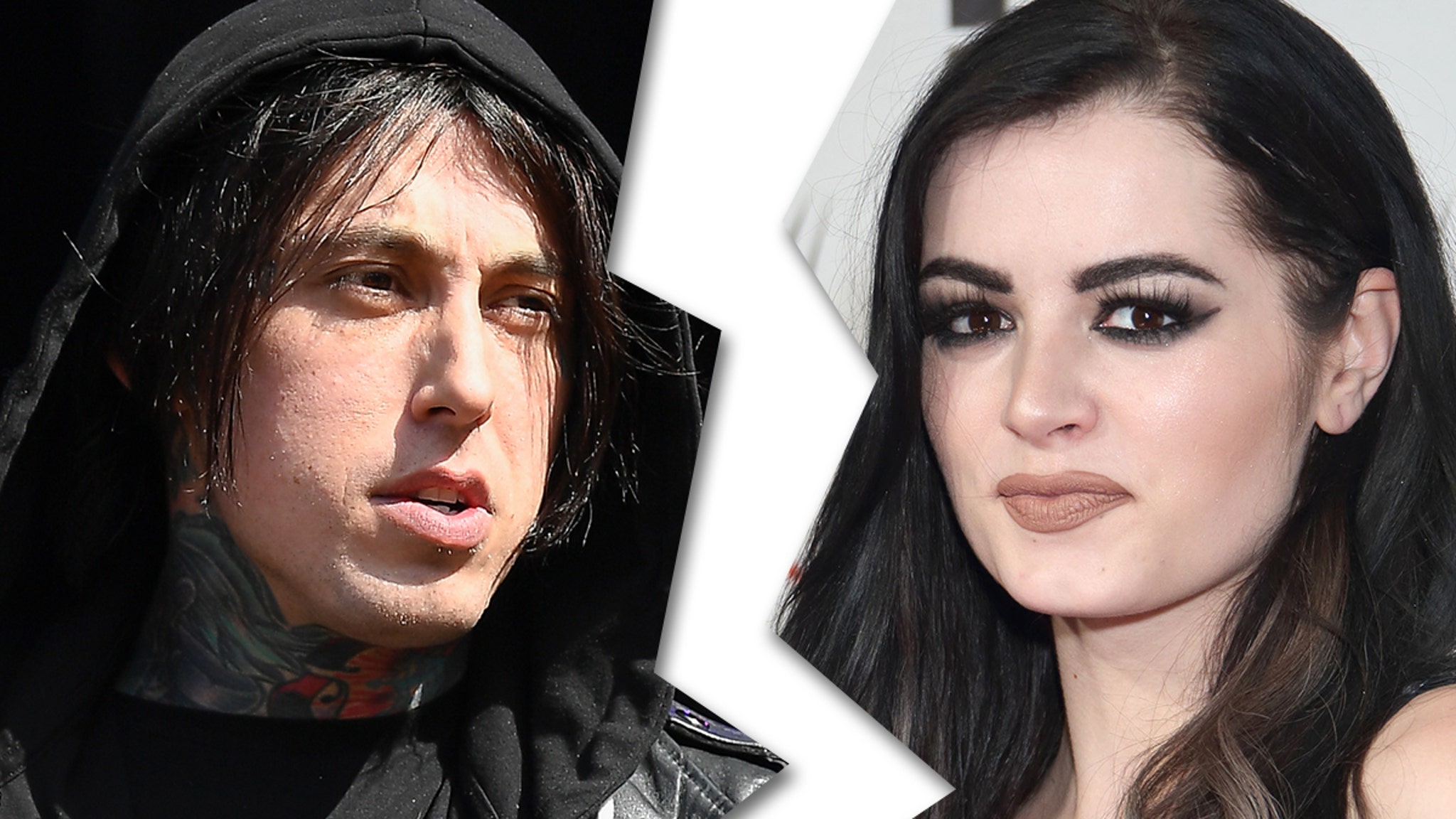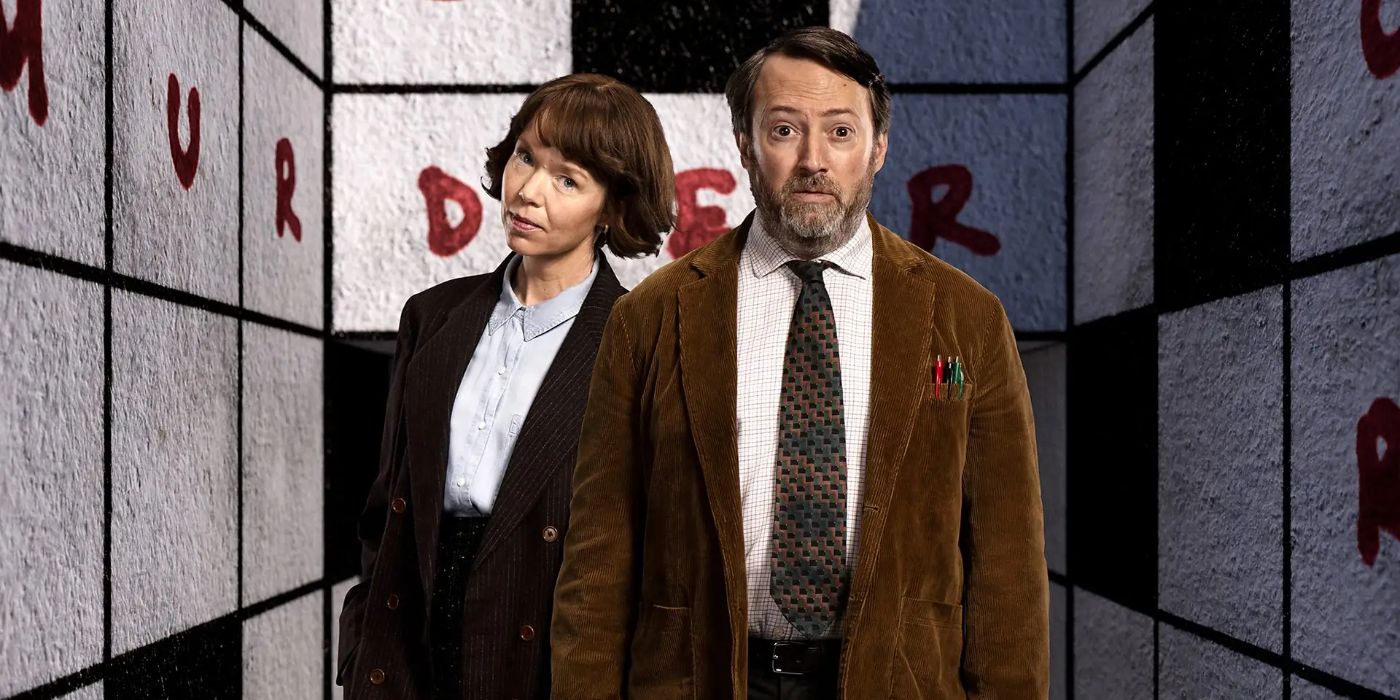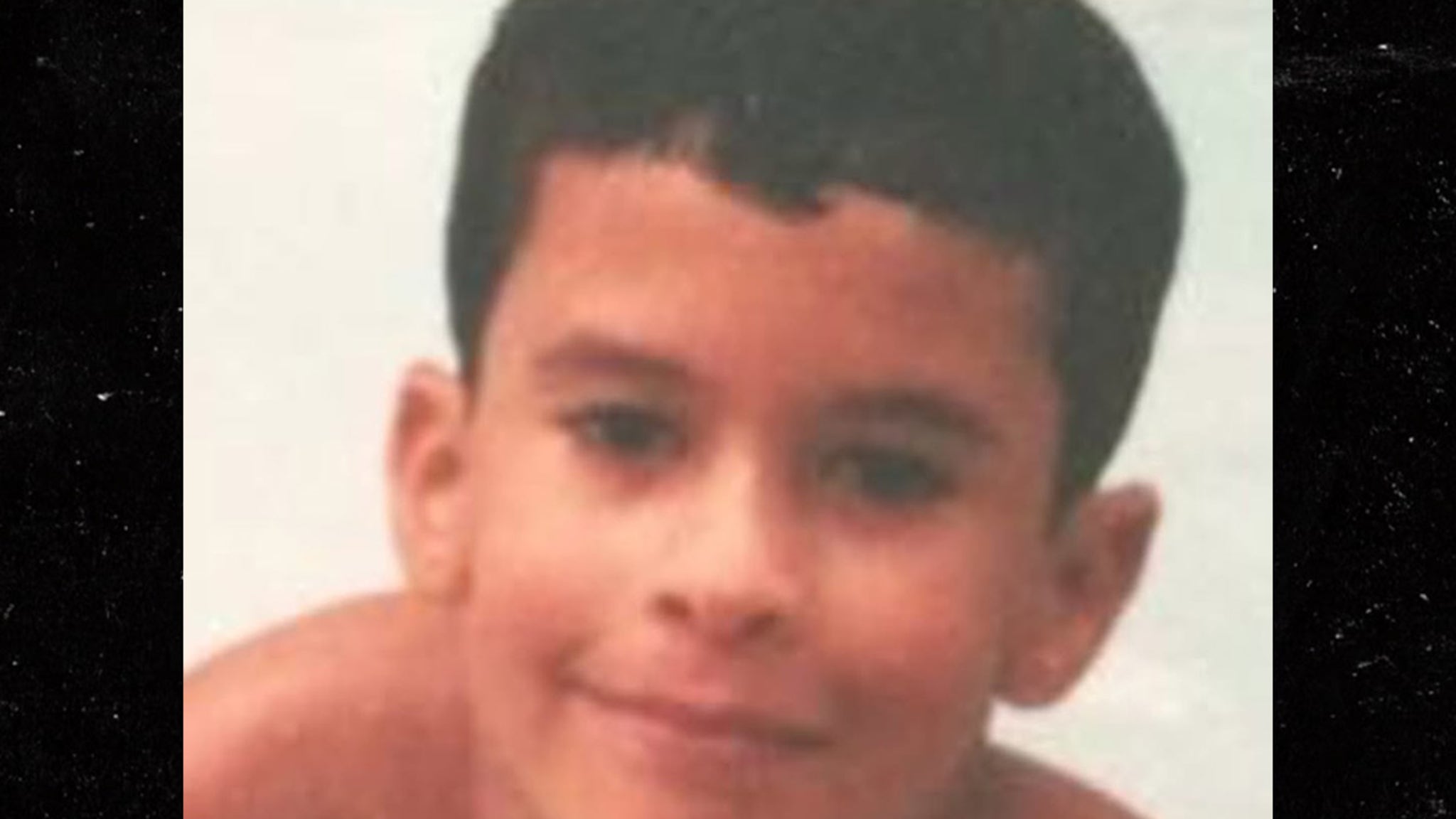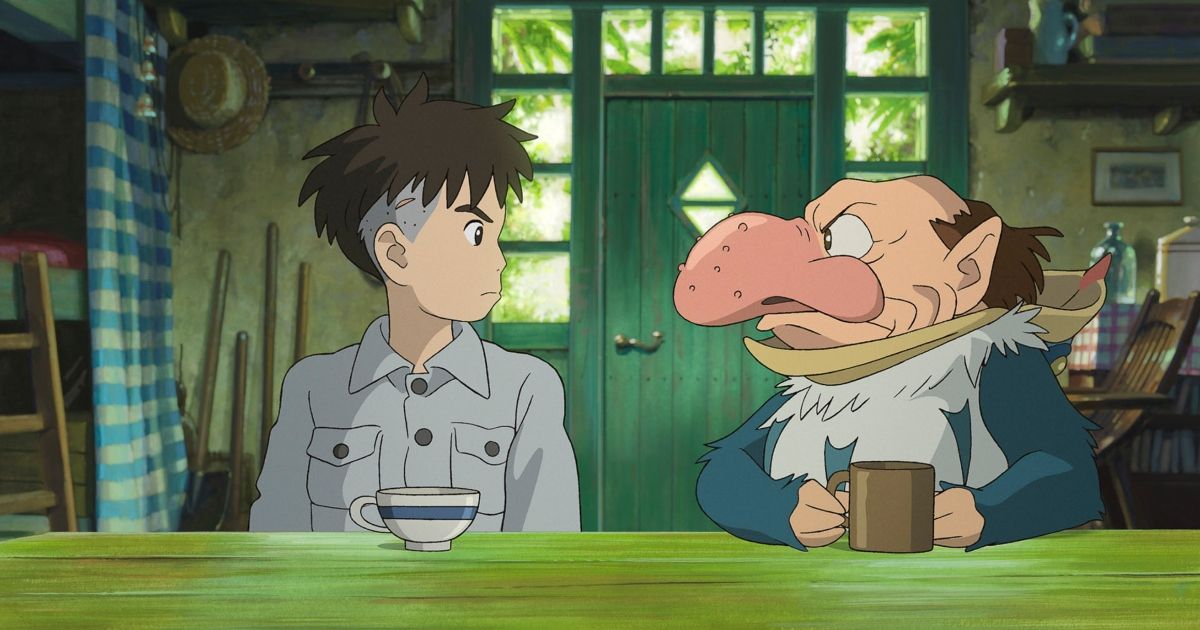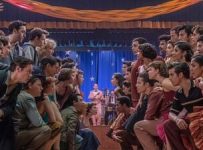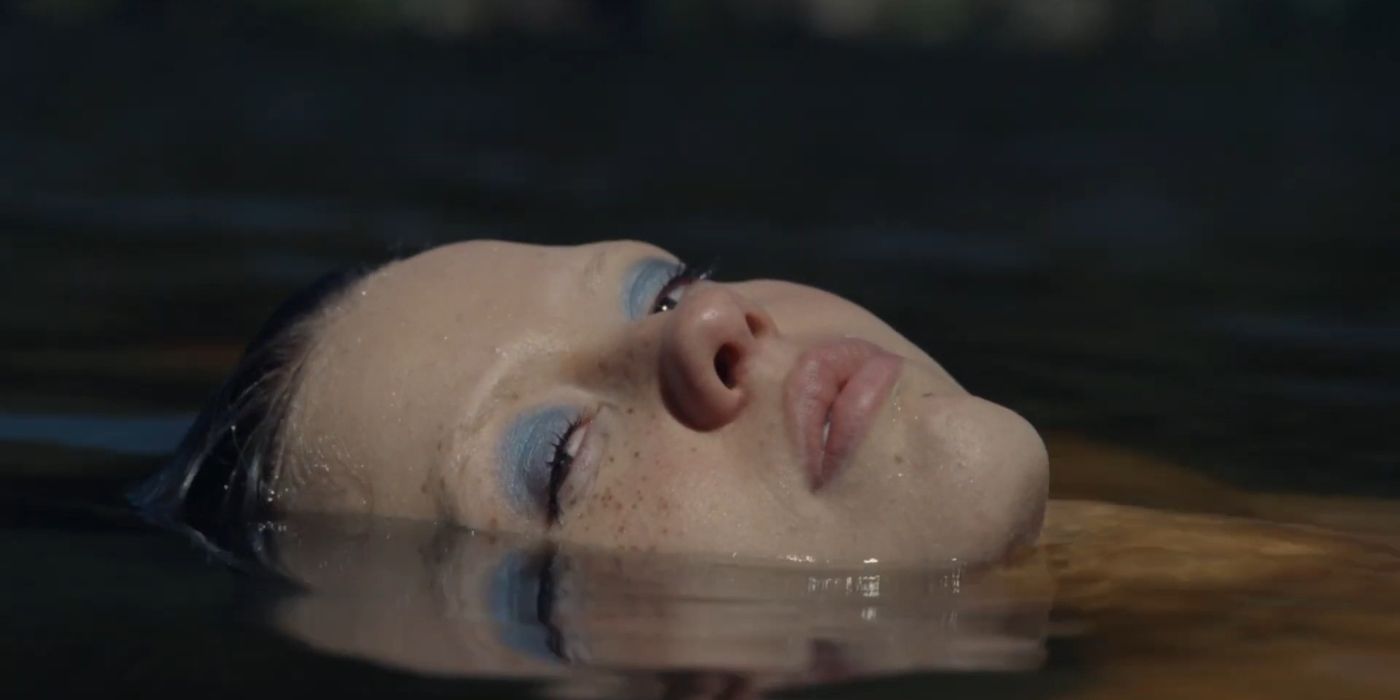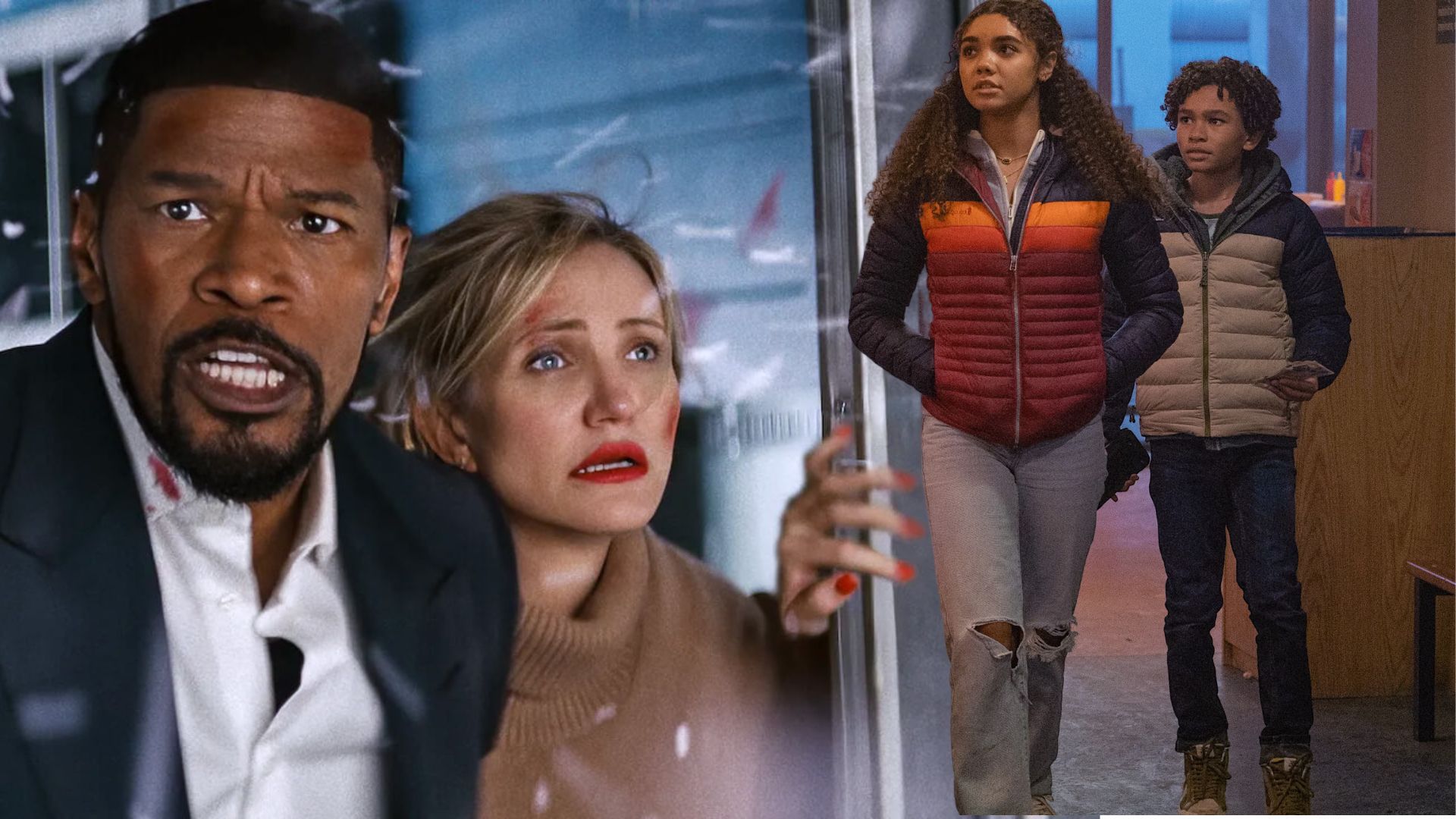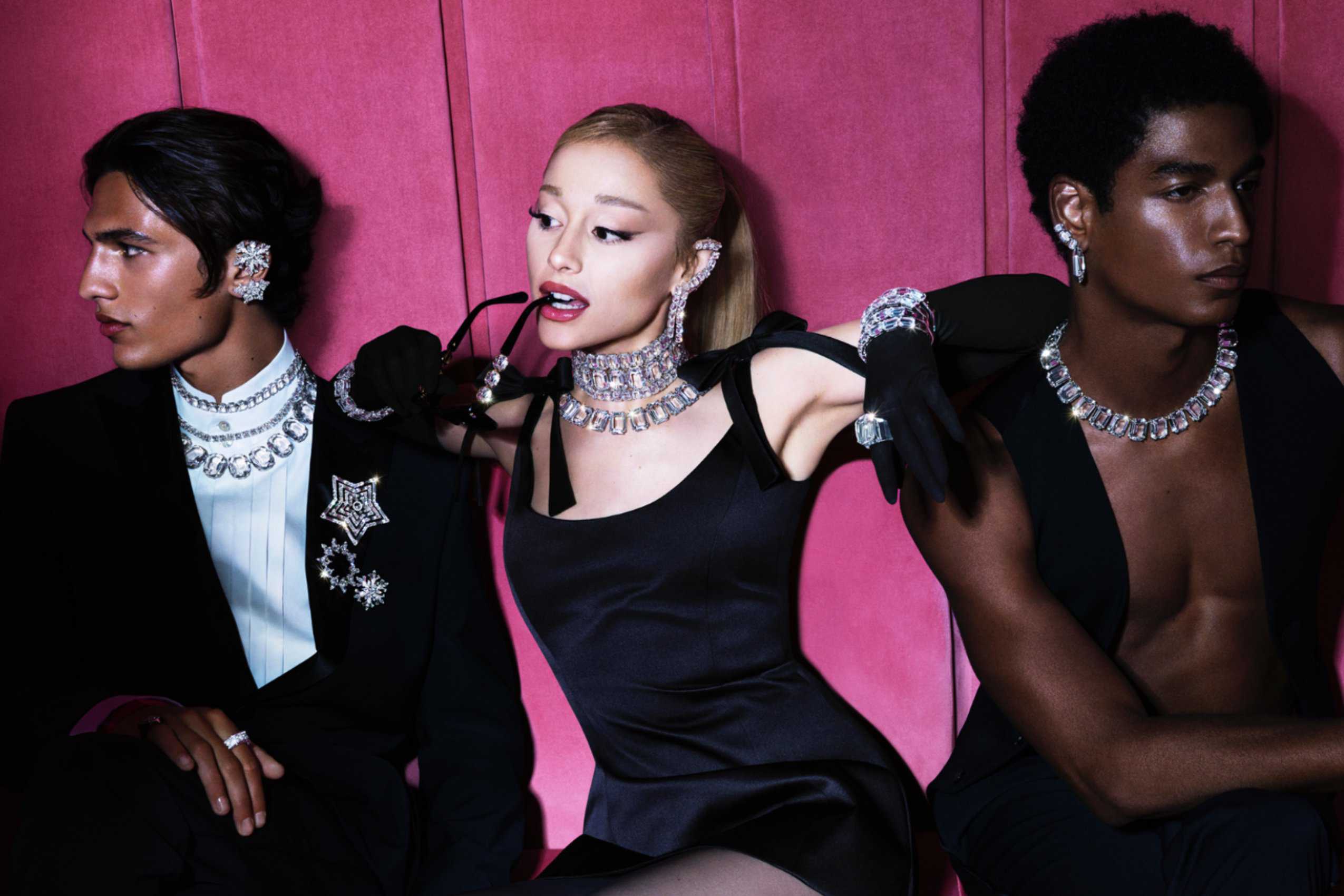When Studio Ghibli was officially founded in 1985, very few knew that it would become one of the titans of the animated movie world. Although many of their most iconic movies were originally in Japanese, English dubs and distribution around the world made many of their film titles accessible for a wide range of people, and several of their characters became universal symbols. Whether it’s Totoro from My Neighbor Totoro, or the black cat from Kiki’s Delivery Service, the Studio Ghibli name has become a standard for animated movies and the whimsical nature they can contain, reminding viewers of a not-so-distant childhood.
Hayao Miyazaki, one of the iconic faces behind the Studio Ghibli brand, has said he’s going to stop making movies, but then he suddenly came out of retirement to make one last movie: The Boy and the Heron. This was supposed to be his last film, as Miyazaki is in his 80s, but never say never. The Boy and the Heron was officially announced in 2017 as being one of his in-progress works, and it took almost five years for the animators and Miyazaki to finish the film. It premiered internationally first at the 2023 Toronto International Film Festival, and then made its way to other ones too, including the New York Film Festival.
With a release date of December 2023 for the United States, audiences can wait with bated breath for a legendary animator and storyteller’s final film. The film has already released in Japan, gaining critical acclaim for its story, visuals, and soundtrack. A tale of grief and overcoming personal struggles with the classic fantasy twist found in Studio Ghibli movies, it’s easy to understand why The Boy and the Heron has the chance to become yet another staple in Miyazaki’s filmography, showing why he has been the inspiration for so many.
Overcoming Grief and Trauma
Studio Ghibli
The protagonist in The Boy and the Heron is Mahito, who, at the beginning of the film, wakes up in the middle of the night and realizes that the hospital his mother is at is burning down. She is killed in the blaze, and his father remarries his wife’s younger sister. Mahito and his father evacuate from Tokyo — as the movie is set in the midst of World War II — to the countryside where Mahito’s mother’s side of the family is from, and he meets his new stepmother, Natsuko. At first, he cannot grapple with the circumstances he’s found himself in, as when he goes to sleep each night, he dreams of his mother telling him to save him.
But the vast, grassy estate he now lives in holds its own secrets, too. A nosy grey heron that he spots in the pond the first day continues to show up at his window, and Mahito eventually realizes that the heron isn’t a normal one. It is able to speak to him, and it begins mimicking back what he dreams his mother his saying to him, as well as his cries for her. Mahito’s father and Natsuko enroll him in school, but that ends terribly when, after a fight with his new classmates, Mahito ends up bashing his head on a rock and leaves himself bedridden and frolicked over by the elderly maids of the estate.
The heron continues to taunt Mahito, telling him that he has been summoned to appear. At the same time, he begins to grapple with the fact he is in a space his mother once lived in, and even finds a book she dedicated to him when she was still alive several years prior. When Mahito spots Natsuko heading into the woods one day, he goes after her with one of the maids, and begins to unravel the secrets behind the estate and his family. The abandoned tower that was sealed off at the edge of the family’s home turns out to be a magical portal to other worlds, and Mahito must find Natsuko in the midst of it, facing dangers unlike anything he has seen before.
Related: Before Studio Ghibli, Miyazaki’s First Anime Film Remains a Classic
A Classic Studio Ghibli Movie
Studio Ghibli
One of the many highlights through The Boy and the Heron is the style of animation. Fans of Studio Ghibli will rejoice to see similar stylistic nods and choices to their previous movies, especially when it comes to character visuals and how scenes transition. The opening scene plays not only a prominent role in Mahito’s life, as he is seen running through the ashes and fire whipping around people on the street, which is something he returns to throughout the movie, but it literally sets the scene visually for what’s to come.
That is delightful to watch on a theater screen, especially with the vibrant coloring in the fantasy worlds. And, as many have pointed out on social media for other Studio Ghibli movies, the food in the film still remains aesthetically pleasing—demonstrating the eye for detail in these movies.
Throughout the film there’s also a heavy touch on the whimsical nature of what things can and cannot be. One of the characters mentions to Mahito that the world he has been sucked in is very similar to the world he just came from, and that’s when the movie gets creative. Whether it’s dolls in the background, or certain plot lines that aren’t as obvious if one doesn’t spot certain names and connections early on, The Boy and the Heron seamlessly weaves together the finer points with the broader ones, making it the kind of film one needs to rewatch to truly spot everything and process everything going.
However, one of the film’s downfalls is that it simply tries to do too much at times. Yes, it’s visually stunning and has excellent thematic notes touching throughout its narratives. But at the same time, it shuffles quickly from scene to scene, forcing the viewer to pay attention or get lost in the details it introduces pretty swiftly throughout. Not everyone will get the movie due to how complex it is, and how much it tries to cram in during two hours. That’s fine in the long run, but in the moment, it may be overwhelming for some when watching.
Related: 9 Reasons That Kids Should be Introduced to Studio Ghibli Movies
Steeped in Nostalgia and the Whimsical Nature of Childhood
Studio Ghibli
Like many other movies Miyazaki has worked on throughout his extensive career, The Boy and the Heron tackles many different themes about the world through the eyes of a youth. While this movie is specifically set in World War II, which becomes a point of contrast between the fantasy world and the real one, Mahito is largely sheltered from the war. This becomes a discussion point later on in the movie, as although the constructed worlds in the fantasy realm seem like they may be better on the surface, they are actually not. Nowhere in the world is perfect, and there’s a statement to be made about the decisions we make, how they impact others, and how one can intentionally make the world a better place.
At the same time, this is very much a film about grief as well. Mahito is grappling with the fact his mother has died in a tragic accident, and that his father has quickly remarried to Mahito’s aunt, who is his mother’s younger sister. The movie is about his transformation towards overcoming the grief caused by the loss of his mother, and how he comes to accept the current situation he is in, even embracing it in the long run because it’s the decisions we make that create conflict. He chooses to move on and become braver throughout the course of the movie, making it a highly relevant movie thematically for
Overall, The Boy and the Heron is a delight to watch, bringing back classic memories of Studio Ghibli. Whether it’s the man-eating parakeets wielding cleavers, ready to chop Mahito up into a stew for that night’s dinner, or how he has to learn to carve a fish, there are so many great moments in this film that will definitely cause many to laugh out loud from the absurdity of it al or just the strangeness of the situation Mahito has found himself in next. Whether this is or isn’t Miyazaki’s final movie—and he might not be sure of the answer to that himself in the time of writing this—The Boy and the Heron certainly is a good watch throughout its two-hour running time. It’s another triumphant release from Miyazaki, and it also feels more mature, coming from a man who’s had many years of practice and thought under his belt.
The Boy and the Heron will be releasing in the United States on December 8, 2023.
You can view the original article HERE.


